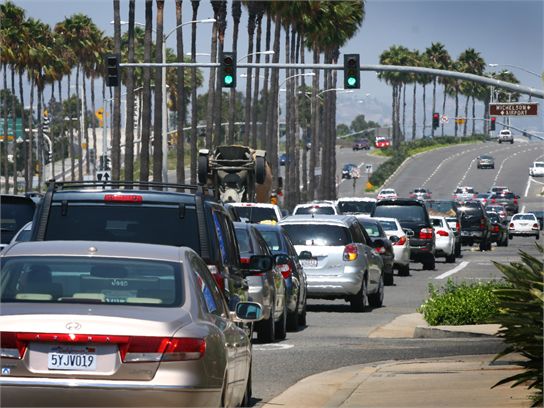Recent Articles
Popular Makes
Body Types
Top Ten Fuel Saving Tips
Gas prices got you down? Save a buck or two with these easy tips
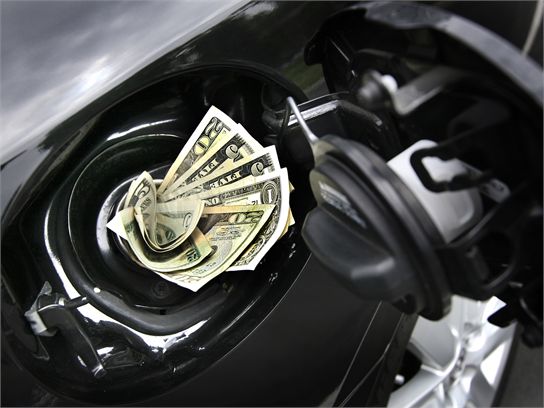
We’re accustomed to our freedom, and part of that used to mean traveling with little concern about fuel prices. But with regular gas approaching $4 per gallon, those days of fossil fuel-burning gluttony are headed for the history books. As was the case three decades ago, drivers are forced to focus on methods to improve fuel efficiency, thereby saving money at the pump.
By Staff Photo credit: Auto Manufacturers and Staff
Page 2
Check your owner’s manual to find out what fuel octane rating your car's engine needs then buy it. Octane has nothing to do with the gasoline’s performance, merely its volatility factor in the combustion chamber. Why do high-performance vehicles need higher-octane fuel? Because the combustion chamber environment is much hotter in the performance engine. Using high-octane fuel reduces pre-ignition in the upper regions of the combustion chamber, which can damage valves and pistons if allowed to go for long periods of time. So, resist the urge to buy higher-octane gas for “premium” performance, unless your car requires it.
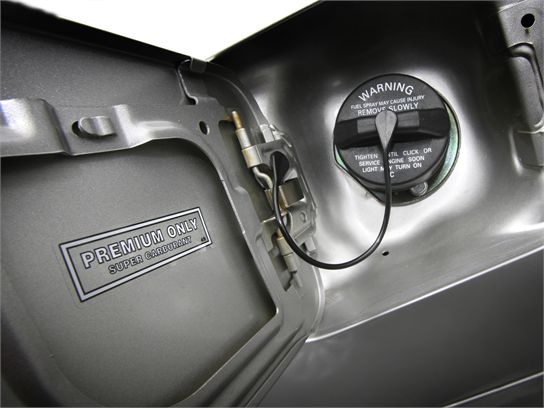
Page 3
Keep your tires inflated to the proper levels. Under-inflated tires make it harder for your car to move down the road, which means your engine uses more fuel to maintain speed. In fact, a single tire, under inflated by two pounds per-square-inch (PSI), increases fuel consumption by one percent. Check your owner’s manual or the decal in your car’s doorjamb for correct inflation levels. To illustrate the point, deflate your tires by five PSI and try to push the car. It’s not easy. Now inflate those tires and see how pushing the car is much easier.
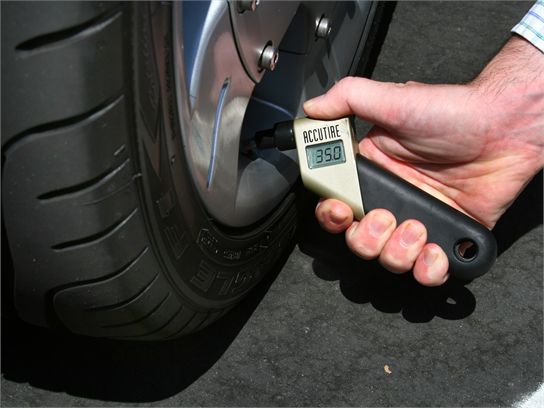
Page 4
Make sure that you change the oil and maintain your car’s powertrain according to your owner’s manual. This will ensure that your car’s engine will operate at maximum efficiency, thus providing the best fuel economy. Dirty air filters, old spark plugs and low fluid levels can affect engine performance and fuel efficiency. By keeping your car in top mechanical shape, it will run better, last longer, and return better fuel economy. Follow the manufacturer's maintenance schedule. You can check the air filter by holding it up to a bright light. If it looks clogged or obviously dirty, replace it. Keep tabs on the fuel filter, also.
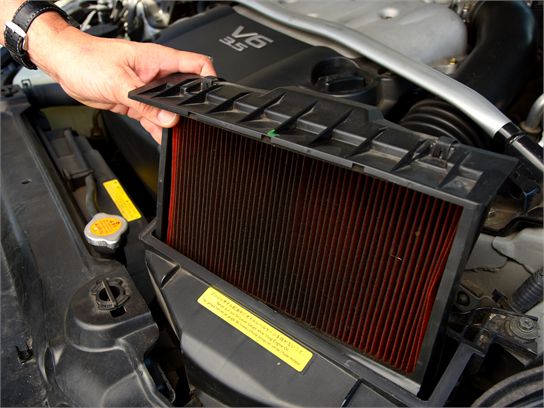
Page 5
A car uses more fuel under hard acceleration. So don’t race up to red lights or stop signs, avoid quick “jackrabbit” starts, and don’t goose the throttle to jump into holes in traffic. Avoid high speeds on the highway. As your speed increases, the aerodynamic drag increases in exponential fashion, so the engine has to work harder – and use more fuel – to maintain your speed and move the car through the atmosphere. Driving 62 mph instead of 75 mph can reduce fuel consumption by as much as 15%.
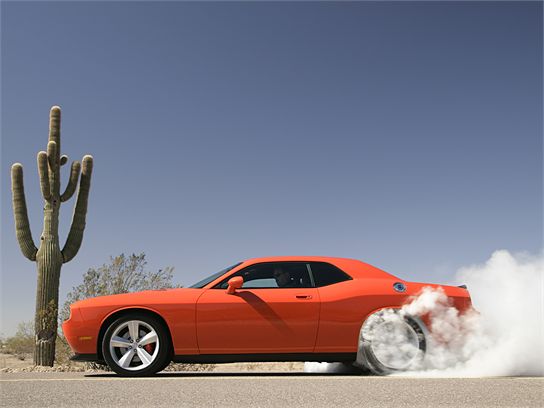
Page 6
Maintaining a constant speed over long distances saves gas. The next time you drive without cruise engaged, note how your speed creeps up and down. Constant deceleration, followed by acceleration, uses more fuel. The cruise control feature keeps your speed constant, saving gas (and maybe a speeding ticket, too).
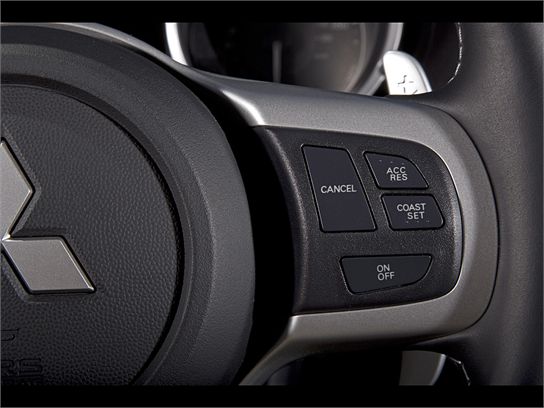
Page 7
Heavier vehicles use more fuel, so clean out unnecessary weight in the passenger compartment or trunk before you hit the road. Unnecessary weight is anything you don’t need for the current trip. Leave it at home and reload it when you do. (Just for the record, we never referred to your in-laws as unnecessary weight. Nice try, though).
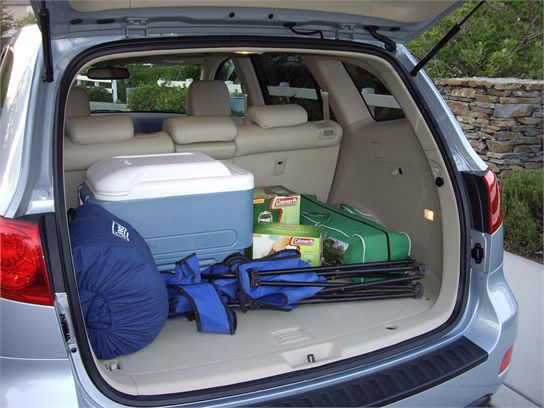
Page 8
The air conditioner puts extra load on the engine, forcing more fuel to be used. On average, a car operating with the air conditioning engaged uses about 20% more fuel. If it’s just too hot to bear without A/C, try to keep it set at around 75 degrees, and don’t blast the air when first getting into your car on a hot day. Open the windows initially, then close up the windows and set the air at 75. You’ll be surprised at how quickly your car will cool down once in motion.
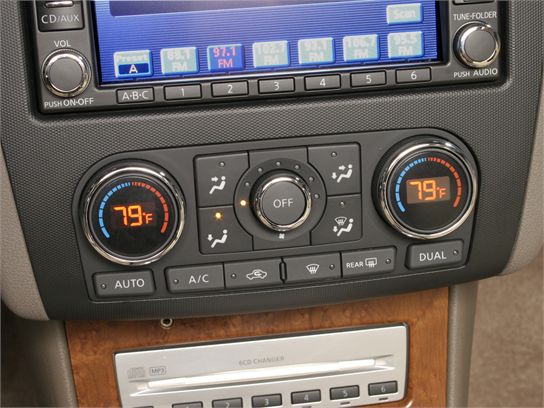
Page 9
Wide-open windows, especially at highway speeds, increase aerodynamic drag and the result is up to a 10% decrease in fuel economy. If you want to have fresh air coming into the vehicle, run your climate system on “outside air” and “vent,” and crack the window for additional ventilation.
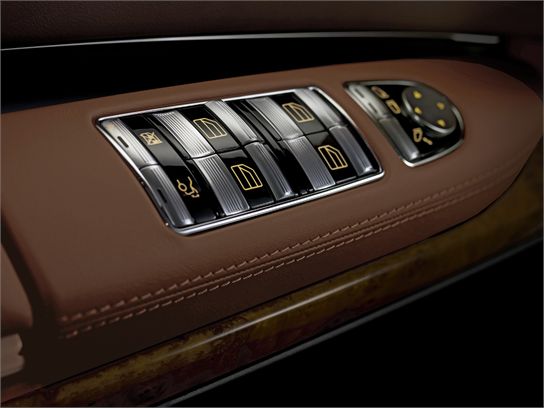
Page 10
Believe it or not, lowering the tailgate creates turbulence, which makes for more wind drag, and that makes your truck less fuel efficient at highway speeds. By leaving the tailgate up, you create a smooth bubble of air in the bed. Air coming over the cab of the truck sees this as a cover -- and passes over it, thus improving fuel efficiency.
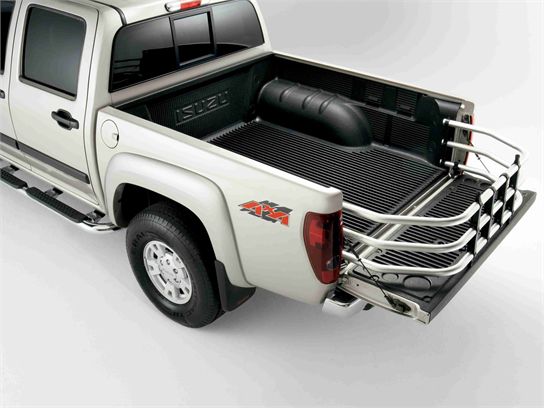
Page 11
Modern, fuel-injected engines do not need to be warmed up, and unnecessary idling wastes fuel. If you anticipate being stopped for more than one minute, shut off the car. Restarting the car uses less fuel than letting it idle. If you’re driving a full hybrid, this is not an issue, because the gasoline engine automatically shuts down when the car is stopped, and the accessories – such as the air conditioning, lights, and stereo – operate off the juice stored in the battery pack. This is also one reason that hybrids often get better fuel economy in the city than on the highway – the gasoline engine is shut off when idling in traffic.
